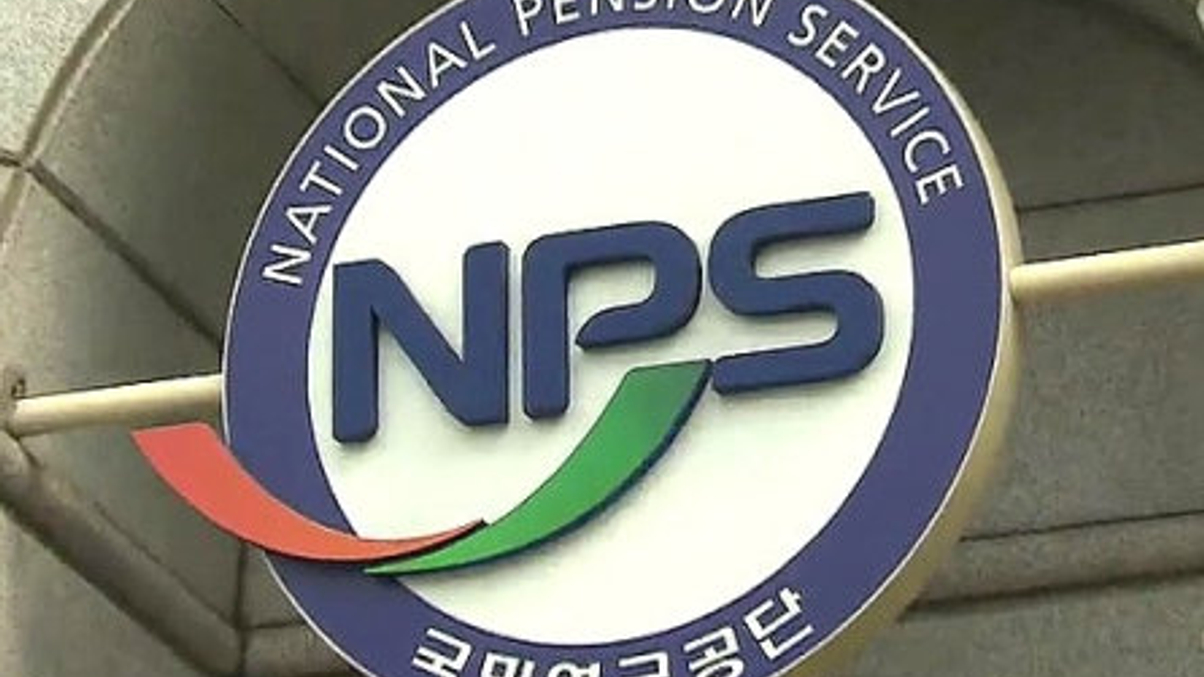NPS embarking on investing hiring drive to fill its brain drain
The world’s third-largest pension fund intends to hire over 50 new investment team members, with a particular focused on domestic and overseas alternative investment.

Korea’s National Pension Service’s newly stated desire to fill 54 vacancies in its investment department underlines a pressing need to round out an underpowered investment team as its asset base continues to grow. Successfully filling these positions will be important for it to successfully expand overseas and alternative asset investments, say experts.
Sign in to read on!
Registered users get 2 free articles in 30 days.
Subscribers have full unlimited access to AsianInvestor
Not signed up? New users get 2 free articles per month, plus a 7-day unlimited free trial.
¬ Haymarket Media Limited. All rights reserved.


